Abstract
Autogenous bone grafts are frequently harvested for the purposes of bone union and stability. Ilium is the most common site for bonegraft harvesting. Although some donor site complications may be unavoidable, awareness of the anatomy and complications may aid in planning the approach and minimizing the risks. A tricortical graft from the anterior ilium should be taken at least 2 cm posterior to the anterior superior iliac spine(ASIS). Iliac donorsite complications include pain, neurovascular injury, avulsion fractures of the A SIS, hematoma, infection, herniation of abdominal contents, gait disturbance, cosmetic deformity, violation of the sacroiliac joint, and ureteral injury. The neurovascular structures at risk for injury during iliac bonegraft harvesting include the lateral femoral cutaneous, iliohypogastric, and ilioinguinal nerves anteriorly and the superior cluneal nerves and superior gluteal neurovascular bundle posteriorly. Violation of the sacroiliac joint can be avoided by not penetrating the inner cortex. The caudal limit for bone harvesting should be the inferior margin of the roughened area anterior to the PSIS on the outer table to keep from injuring the superior gluteal artery. Strict observation of relevant anatomic considerations will help in avoiding these complications.
Go to : 
REFERENCES
1). Banwart JC, Asher MA, Hassanein RS. Iliac crest bone graft harvest donor site morbidity. A statistical evaluation. Spine. 20(9):1055–1060. 1995.
2). Defino HL, Rodriguez-Fuentes AE. Reconstruction of anterior iliac crest bone graft donor sites: presentation of a surgical technique. Eur Spine J. 8(6):491–494. 1999.

3). Ebraheim NA, Elgafy H, Xu R. Bone-graft harvesting from iliac and fibular donor sites: techniques and complications. J Am Acad Orthop Surg. 9(3):210–218. 2001.

4). Ebraheim NA, Yang H, Lu J, Biyani A, Yeasting RA. Anterior iliac crest bone graft. Anatomic considerations. Spine. 22(8):847–849. 1997. Autogenous iliac crest bone graft. Complications and functional assessment. Clin Orthop. 339:76–81. 1997.
6). Harris MB, Davis J, Gertzbein SD. Iliac crest reconstruction after tricortical graft harvesting. J Spinal Disord. 7(3):216–221. 1994.

7). Hu R, Hearn T, Yang J. Bone graft harvest site as a deter-minant of iliac crest strength. Clin Orthop. 310:252–256. 1995.

8). Kurz LT, Garfin SR, Booth RE. Harvesting autogenous iliac bone grafts. A review of complications and techniques. Spine. 14(12):1324–31. 1989.
9). Lu J, Ebraheim NA, Huntoon M, Heck BE, Yeasting RA. Anatomic considerations of superior cluneal nerve at posterior iliac crest region. Clin Orthop. 347:224–228. 1998.

10). Ludwig SC, Kowalski JM, Boden SD. Osteoinductive bone graft substitutes. Eur Spine J. 9:S119–S125. 2000.

11). Murata Y, Takahashi K, Yamagata M, Shimada Y, Moriya H. The anatomy of the lateral femoral cutaneous nerve, with special reference to the harvesting of iliac bone graft. J Bone Joint Surg Am. 82(5):746–747. 2000.

12). Neo M, Matsushita M, Morita T, Nakamura T. Pseu-doaneurysm of the deep circumflex iliac artery: a rare complication at an anterior iliac bone graft donor site. Spine. 25(14):1848–1851. 2000.
13). Shin AY, Moran ME, Wenger DR. Superior gluteal artery injury secondary to posterior iliac crest bone graft harvesting. A surgical technique to control hemorrhage. Spine. 21(11):1371–1374. 1996.
14). Steffen T, Downer P, Steiner B, Hehli M, Aebi M. Minimally invasive bone harvesting tools. Eur Spine J. 9:S114–S118. 2000.

15). Stevens KJ, Banuls M. Sciatic nerve palsy caused by haematoma from iliac bone graft donor site. Eur Spine J. 3(5):291–293. 1994.

16). Tanishima T, Yoshimasu N, Ogai M. A technique for prevention of donor site pain associated with harvesting iliac bone grafts. Surg Neurol. 44(2):131–132. 1995.

17). Torode IP. Pelvic reconstruction after bonegraft harvesting. J Pediatr Orthop. 14(3):381–382. 1994.

Go to : 




 PDF
PDF ePub
ePub Citation
Citation Print
Print


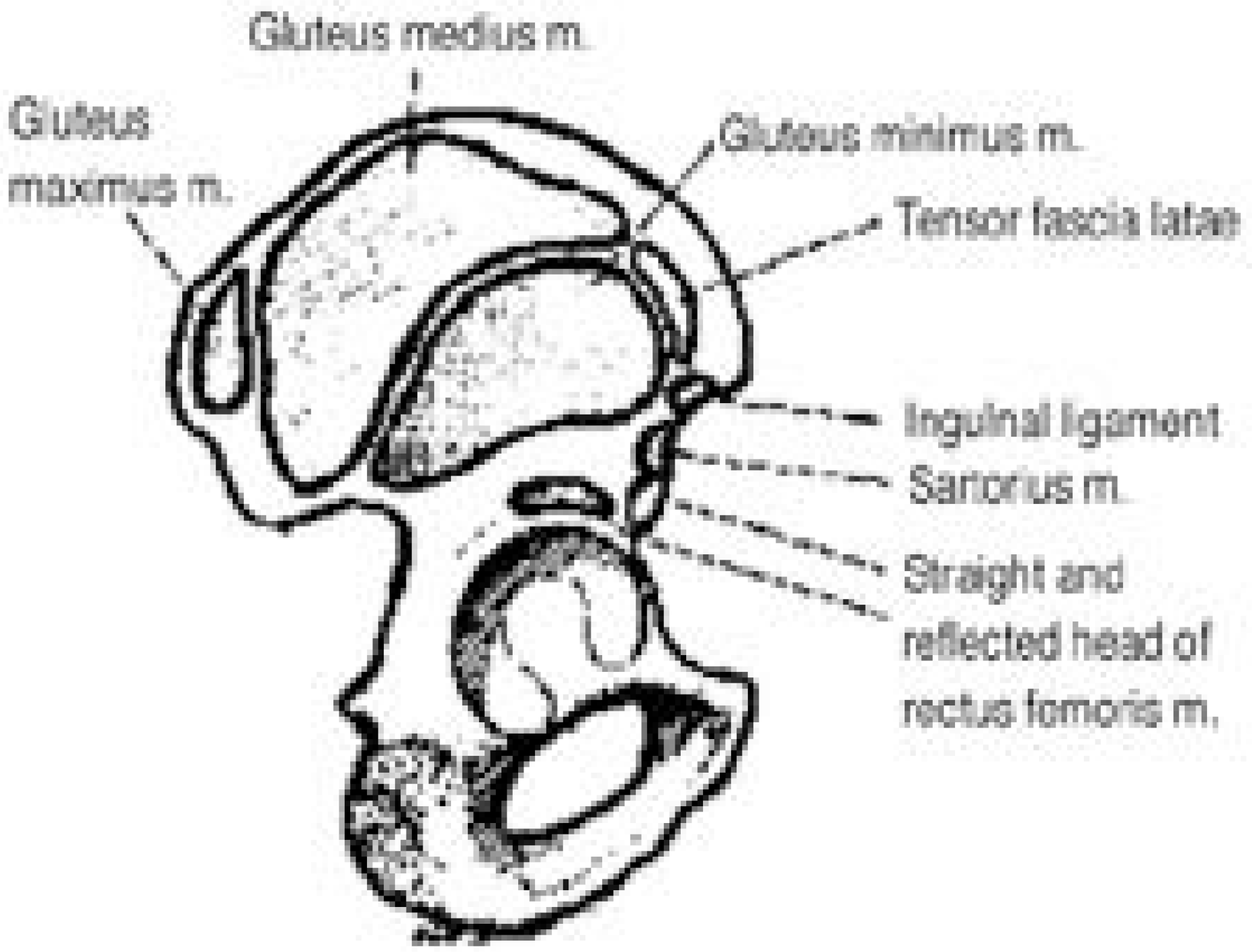
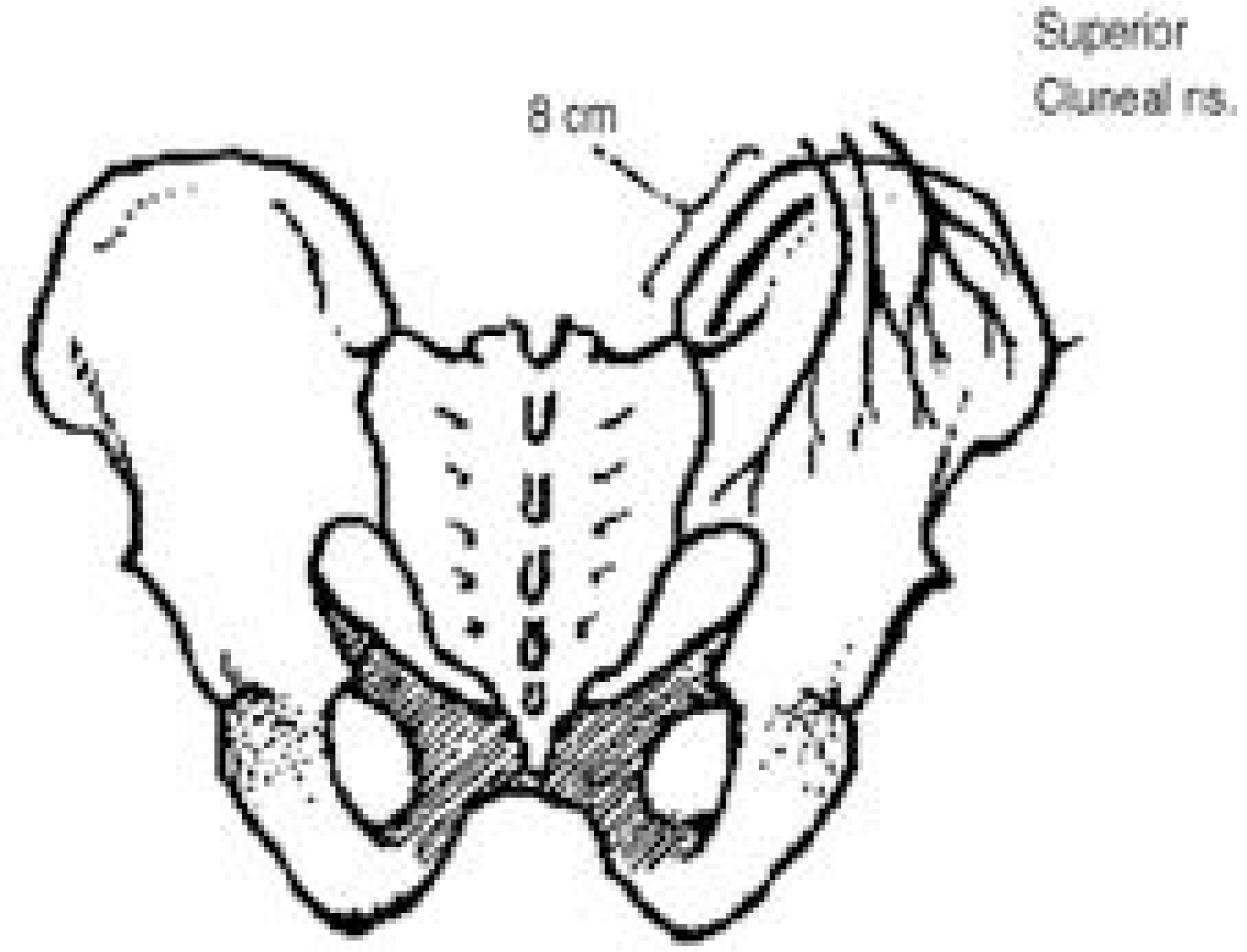
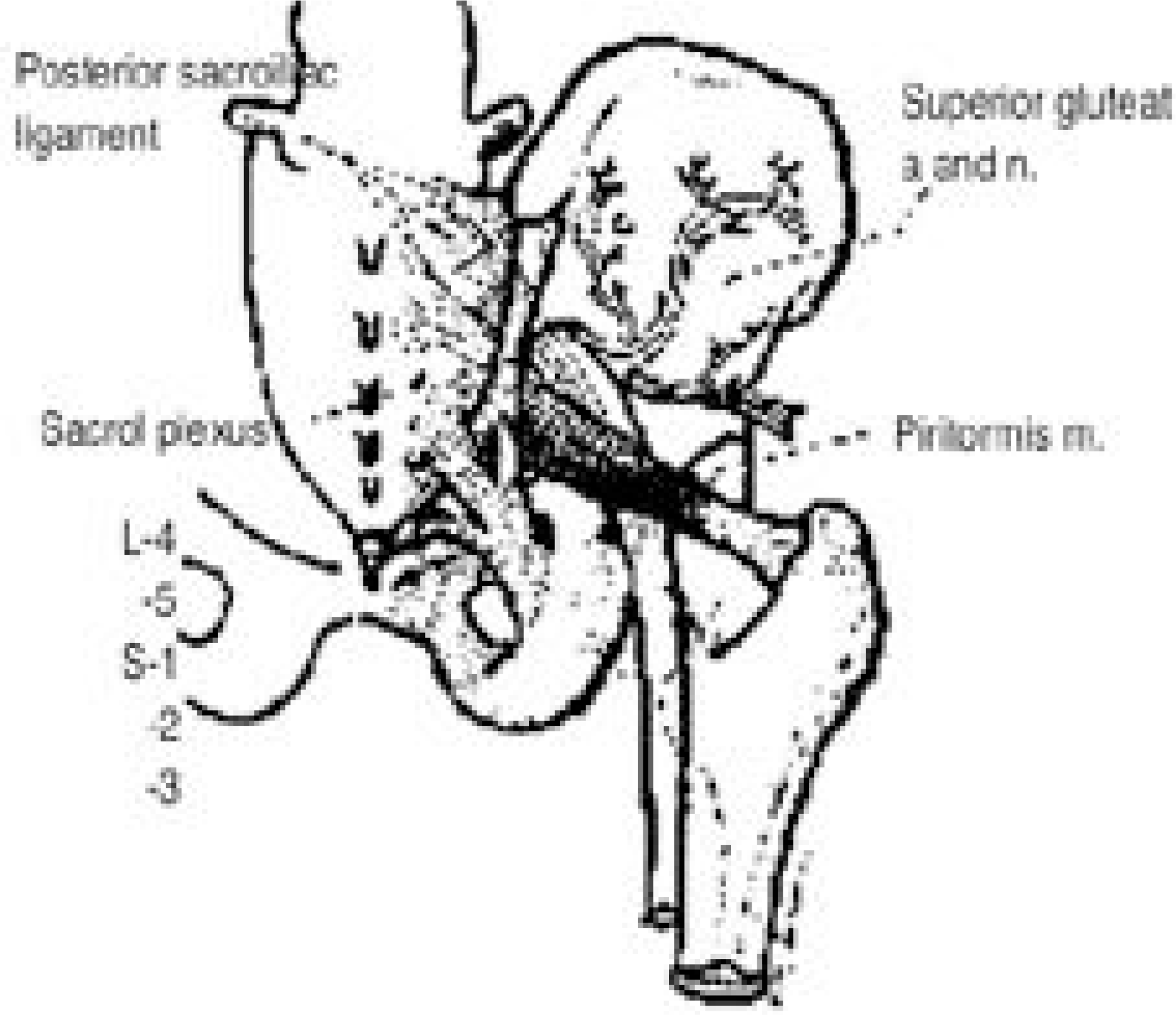


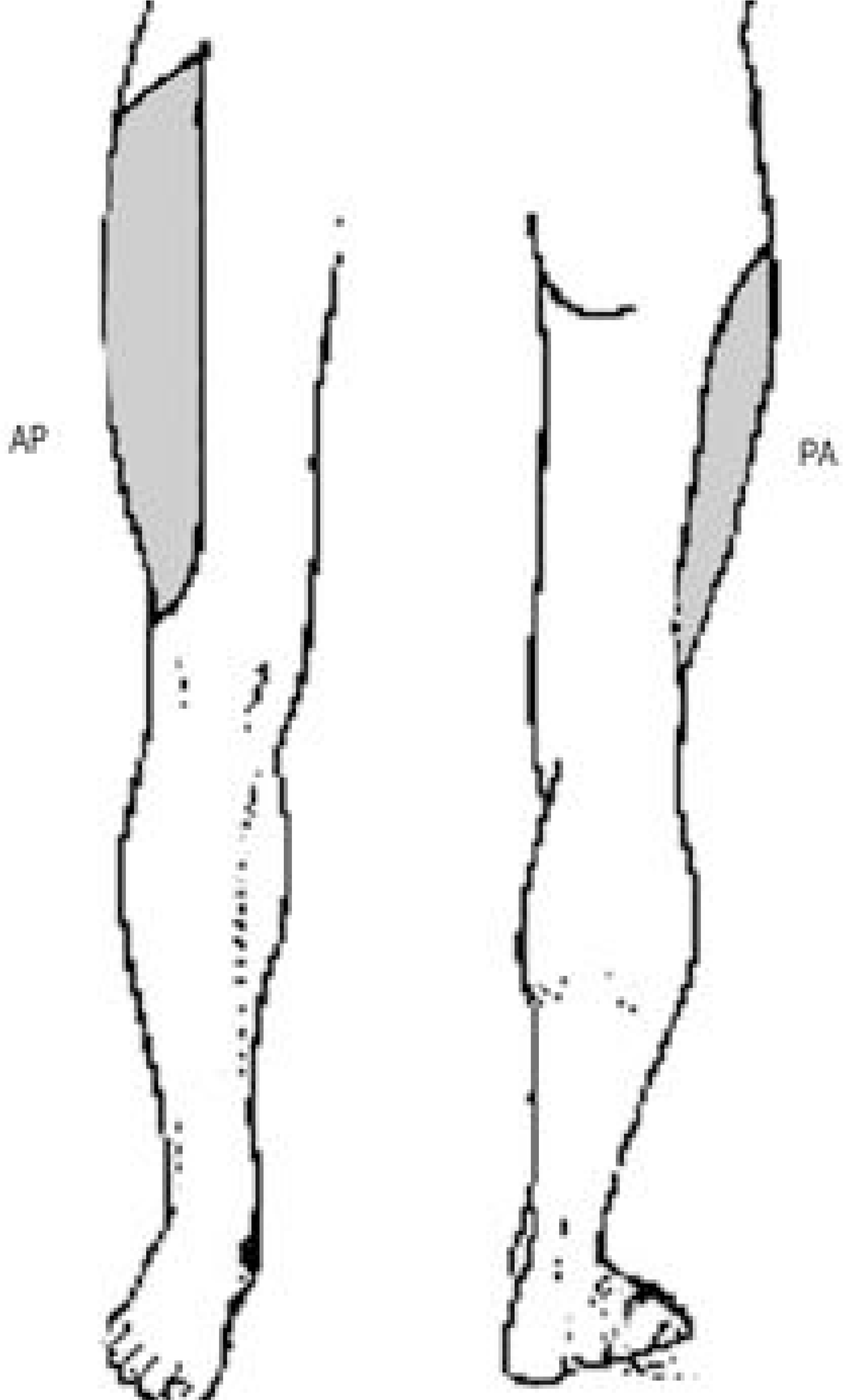
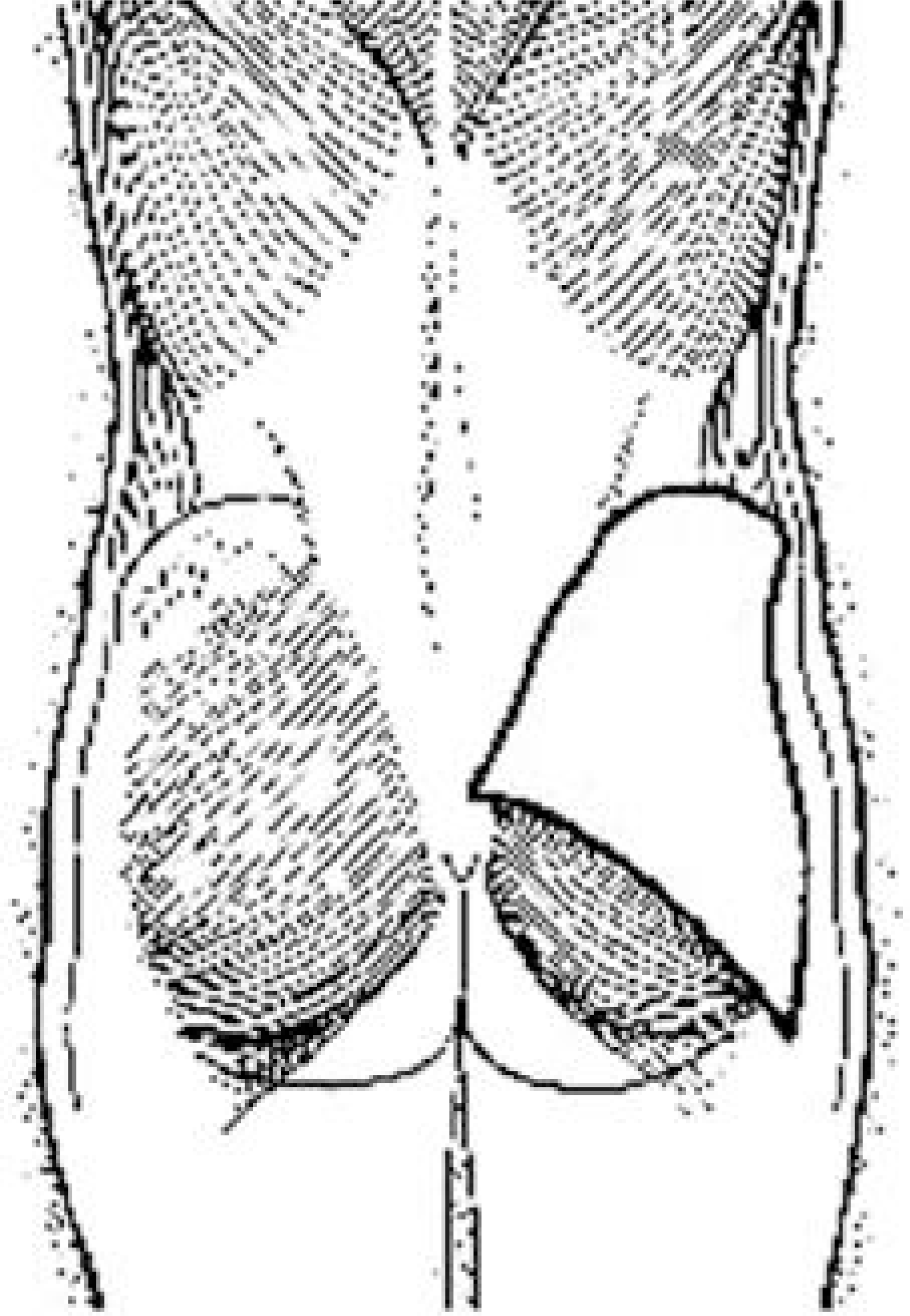
 XML Download
XML Download